In the library of the Chernihiv Historical Museum named after. VV. Tarnovsky's unique London edition is preserved 1750 of the year "Natural History of Barbados in Ten Books" («The Natural history of Barbados, in ten books»). The author of the book is a Welsh priest, botanist Griffith Hughes (Griffith Hughes).
This is the first scientific edition (treatise on botany), which highlights the nature of the island of Barbados, which is located in the eastern Caribbean Sea. The book also contains information on history, archeology, features of the climate, water quality, types of minerals, fuel, customs. During the 17th and 20th centuries, Barbados was a colony of the British Empire, as one of the centers of sugar plantations.
book author, Griffith Hughes 1736 was appointed priest of the parish of St. Lucy in Barbados, where apart from the spread of Christianity, could observe, to study the nature and history of the island. During the preparation of the monograph, he was elected a member of the Royal Scientific Society (1748), became a master of Oxford. This is the first and only work of Griffith Hughes (1707-1758).
George Dionysius Ereth (1708-1770) the famous German botanical artist, together with G. Bickham and Minde created 30 engravings for the book (mainly images of plants). Published by John Brindley. Thomas Jefferys is the geographer of Prince of Wales Frederick, made an engraving of a map of the island. Philip Miller (1691-1771), relative G. Ereta and the head of the botanic garden in Chelsea, wrote an explanation for special terms.
The book is dedicated “to his grace Thomas, by divine permission, to the Lord Archbishop of Canterbury, his grace's most humble servant, with great obligation and respect, has written the following piece, T. Hughes”.
Griffith Hughes first described the "forbidden fruit" of Barbados - the grapefruit. He also mentioned "yellow fever" for the first time. The famous Swedish scientist Carl Linnaeus (1707-1778) highly appreciated the work of G. Hughes.
Financially, the publishing project was supported by almost 900 subscribers (33 of them lived in Virginia), who were to receive their own copies. On the engravings of the book, we see images of the coats of arms of the most respected and influential patrons. Among those, who gave money were: King George II of Britain, Frederick Prince of Wales, Augusta Princess of Wales, Prince William-August Duke of Cumberland, Prince of Hesse, prince of Saxe-Gotha, Duke of Orleans, Landgrave of Hesse-Kassel. So, the governor of Barbados, Henry Greenville, subscribed to six books, President of the College of St. Jones (Oxford) Dr. Deham ordered four books, Attorney General of Barbados Jonathan Blenman - three books, treasurer of the royal ship Richard Hughes - three books, the Lord Archbishop of Canterbury - two copies, the president of the Royal Academy of Sciences in Paris, Duke Scholn - one. The first engraving with the coat of arms contains the image of the coat of arms of the president of the Royal Society, Martin Folkes, Esq.
The book is written in English. Its appearance has undergone significant changes for almost three centuries. So, the original polish was almost not preserved. Only the root remains. The book block is in satisfactory condition, has a good artistic design - black and white engravings (there is a series with color engravings), screensavers, limbs, capital letters. Filigree can be seen on individual pages of the book (in the form of a lily flower, a lily flower on a shield under a crown, letters "V I"). The size of the book block is 38x24.5 cm (although there are books with size 34×21,5 see). The main text takes 314 page.
Signed "John Green 1753", which is on the front cover of the book says that, that the first owner of the edition could be the English cartographer John Green (real name Braddock Mead).
A separate sheet in the book includes a map of the neighboring island of Martinique (created by Henry Overton, London).
Copies of the book are kept in the collection Royal collection of Britain, National Library of Australia, libraries - Stanford University (California, USA), North-Eastern University (Boston, USA), University of Maryland (Baltimore, USA).
Candidate of historical sciences Maksym Blakytny
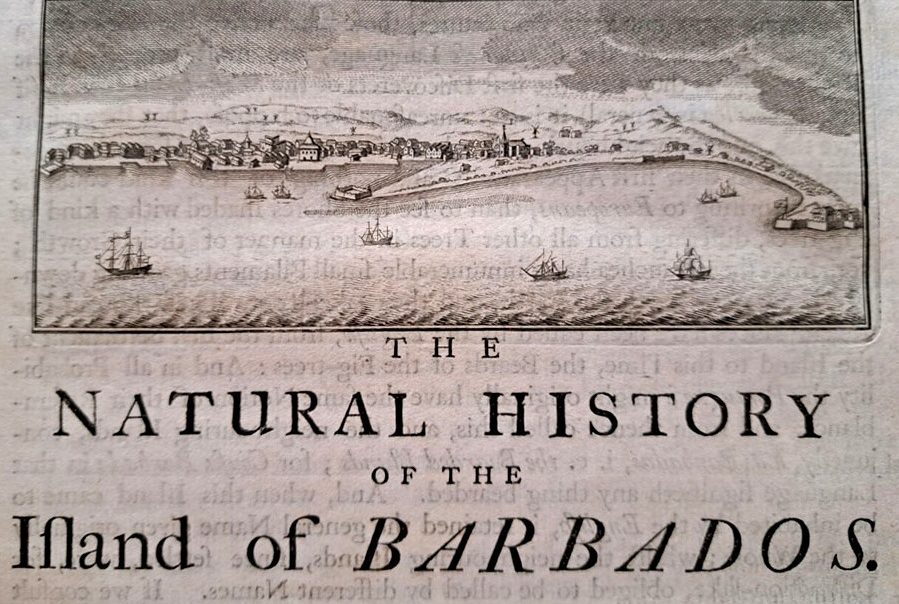
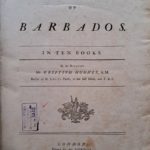
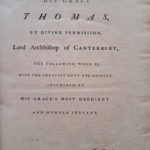

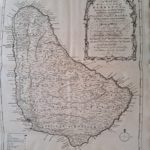
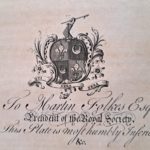
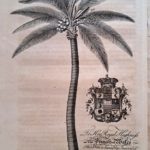
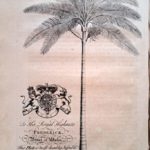
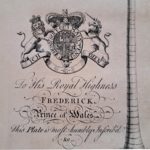


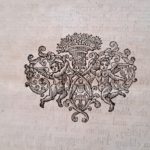

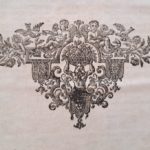
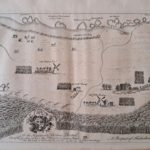


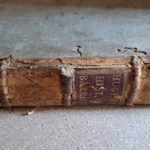
More Stories
Needed, perhaps, God's gift to create beautiful things from clay
Exhibition “In memory of cultural workers...”
Congregant of Metropolitan Peter Mohyla and Hetman Ivan Vyhovsky from the Baturyn Monastery